To get where you're going, you need to be able to see where you're going - and be seen by others. This is especially important when sailing in bad weather. The right set of headlights and taillights can mean life and death for you, your passengers, and other travelers, but before you embark on your next wild road adventure, take a look at this article. Here, we'll try to answer any questions you (and many like you) have about headlights, taillights, and fog lights.
Q: How can I increase the light output of my vehicle?
A: Longer days and nights, decreased vision, poor driving conditions — all of which are reasons to look for brighter headlights. But how do you improve the light output of your ride? In fact, manufacturers are equipping their new cars with high-intensity blue-white beams of HID systems, but what if you don't want to swap out your trusty vehicle and start over? Fortunately, there are multiple options to choose from.
Maybe it's time to upgrade to a new set of headlights and/or taillights to reflect your style while improving your light output and visibility in all conditions.
If your bulbs are halogen, you can replace them with higher wattage or higher color temperature bulbs, such as pure halogen headlight bulbs. The ideal color temperature rating for the human eye is 4300K, just in case you were wondering.
Upgrade your bulbs with an LED conversion kit to keep most of today's cars and trucks up to date with the latest technology.
Make sure the headlights are aligned correctly. If not, you should take your car back to the dealership and have an expert adjust your headlight aiming back to spec.
It's also worth knowing what kind of light your vehicle is equipped with - reflector (forward light that projects onto a reflector from the rear) or projector (with a round thick focusing lens in front of the light).
Here are two more tidbits that may be the deciding factor in your quest for higher light output:
Halogen bulbs waste 90% of their energy as heat, but only 10% as light output
LEDs are 80% more efficient than halogen lamps, resulting in higher light output because more energy is used to produce light than wasted

Q: WHAT CAUSES Taillights Wet? How can i fix it?
A: Moisture in taillights is a relatively rare condition, but it can cause serious problems. Depending on the size of the droplets or the amount of water that collects inside the shade, you may experience one of two problems - condensation or water ingress. Condensation is a naturally occurring condition that affects any light, so you don't necessarily have a defective product on hand. You might be dealing with a damaged seal or a crack in the taillight itself, but either way, it needs to be fixed ASAP.
Condensation is a naturally occurring phenomenon that can affect any light. This does not necessarily indicate a defect in the product, other than what happens when a leak occurs. If you're lucky, standing water can cause a short-circuit failure of the system, usually just blowing a fuse. This means you need to be sure of your diagnosis. If the droplets are small, you'll know if it's simple condensation, while larger droplets and visible pools can identify entry.
Fortunately, condensation does not cause any functional problems with the lamp and is not considered a guaranteed condition. Water ingress is usually the result of some kind of physical or structural damage, or even a process error.
Whatever the reason, here is the solution:
You'll want to consider removing the entire taillight assembly first, if it's accessible and you have the proper tools.
Begin by removing all wiring harnesses and taking pictures or marking the location of each bulb.
Next, remove the bulbs and place the taillights in the sun or leave them inside to dry and remove all moisture.
When reinstalling the bulb, make sure all sealing o-rings are flexible and pliable, and don't have any cracks so they can seal properly. You may find that applying insulating grease to the o-ring helps it hold properly and prevent pinching or gluing for a proper seal.
Make sure the bulb locking ring (if equipped) is flush and installed correctly.
Q: Are black taillights legal?
A: No doubt any Google search on this topic leads to countless discussion forums and message boards where motorists lament that they are being pulled over and ticketed for illegally setting too dark taillights. We can tell you up front that it's illegal to paint or smoke anywhere you live, but taillights don't have to be.
In fact, the taillights may be tinted to some extent, but for obvious safety reasons, the reflectors must be visible from 300-500 feet away. You may need to check local laws to see what is required for your custom setup. you can look up
Your local vehicle code on the DMV website. At the end of the day, you don't want to risk anyone's life -- or at least a hefty fine -- just to look cool.
Q: What are the benefits of fog lights?
A: Before we really understand the benefits, we should distinguish between fog lights and running lights. Typically, running lights are installed at the same height as headlights, or even higher. Their purpose is to improve lighting in normal driving conditions. They use different lenses than typical headlights, and emit a flat, broad beam of light to illuminate the roadside. However, running lights are inappropriate when you're diving headfirst into thick fog, and if the atmosphere is reflective enough, they can even blind you.
Fog lights are designed to provide better visibility and are just as good for heavy rain and snow as fog. They are mounted low in the front of the vehicle, at a less severe angle, virtually eliminating driver reflections. While they cast a wider beam, they also have a shorter range.
Don't make the common mistake of pairing fog lights with running headlights. We recommend that you switch your main lights to side lights or marker lights, then turn on the fog lights. Your light output is then projected below the ground, reducing glare and backscatter.
Q: What should I do if the headlights fog up?
A: Actually, to remove oxidized headlights, all you need is a tube of white toothpaste (not gel), a roll of paint tape, a chamois towel, car wax, a bottle of water, and a few minutes in the morning. Cover a barrier around your headlights to protect your ride's paint job and rinse off any excess grime before you start. Next, smear a generous amount of toothpaste on the headlight and spread it out with a sponge. Rinse well, then wipe clean. Finally, add a thin coat of wax and wipe it off to prevent pesky cycling. From then on, you'll enjoy clearer visibility and more confident night driving.
Be warned though - as fast and fun as this approach looks, this improvement will be short-lived. You may even see the fog reappear after about a week, which means the easiest way to finally fix the problem is to replace your lights with a brand new set of lights. Fortunately, we sell a lot.
In conclusion
We hope that once you've gone through this list, you'll feel more confident than before you started your search. We pray that the extra knowledge you learn here will make your buying experience shorter, your final decision wiser, and the road to travel safer. Happy (well lit) trails.











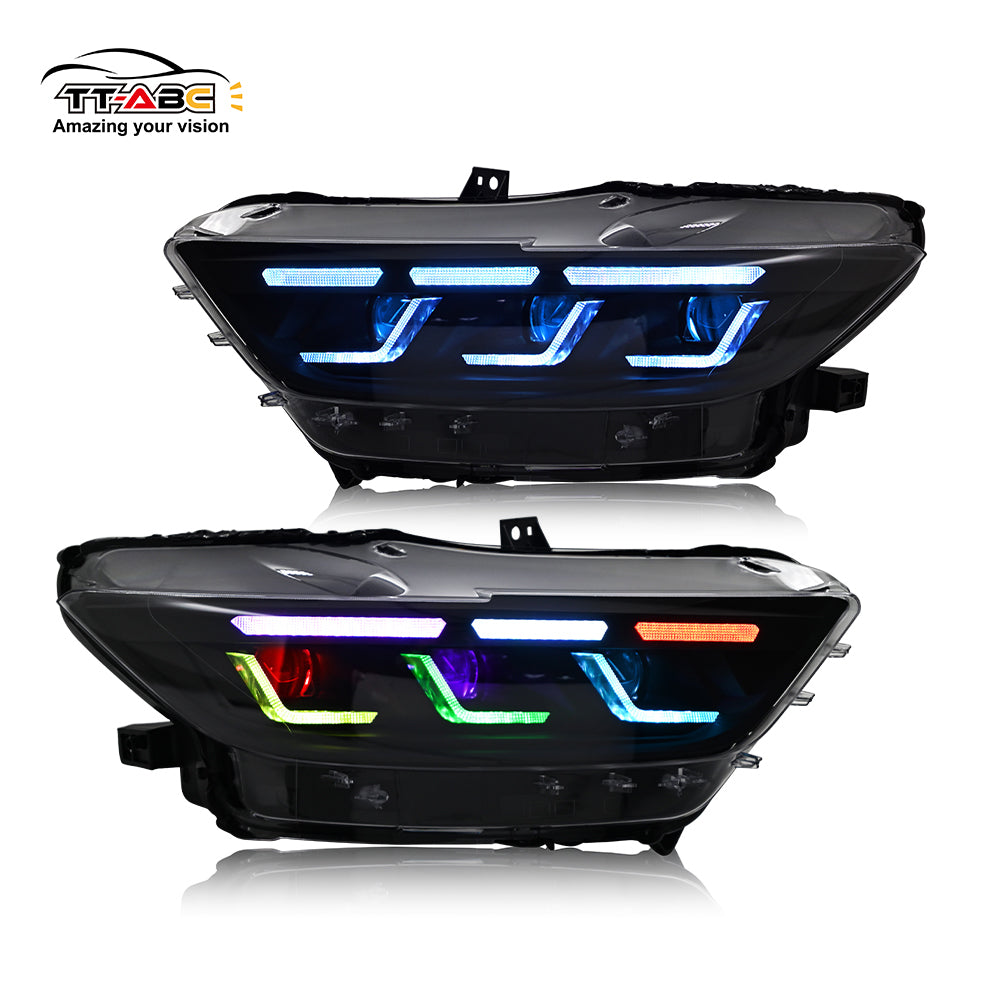
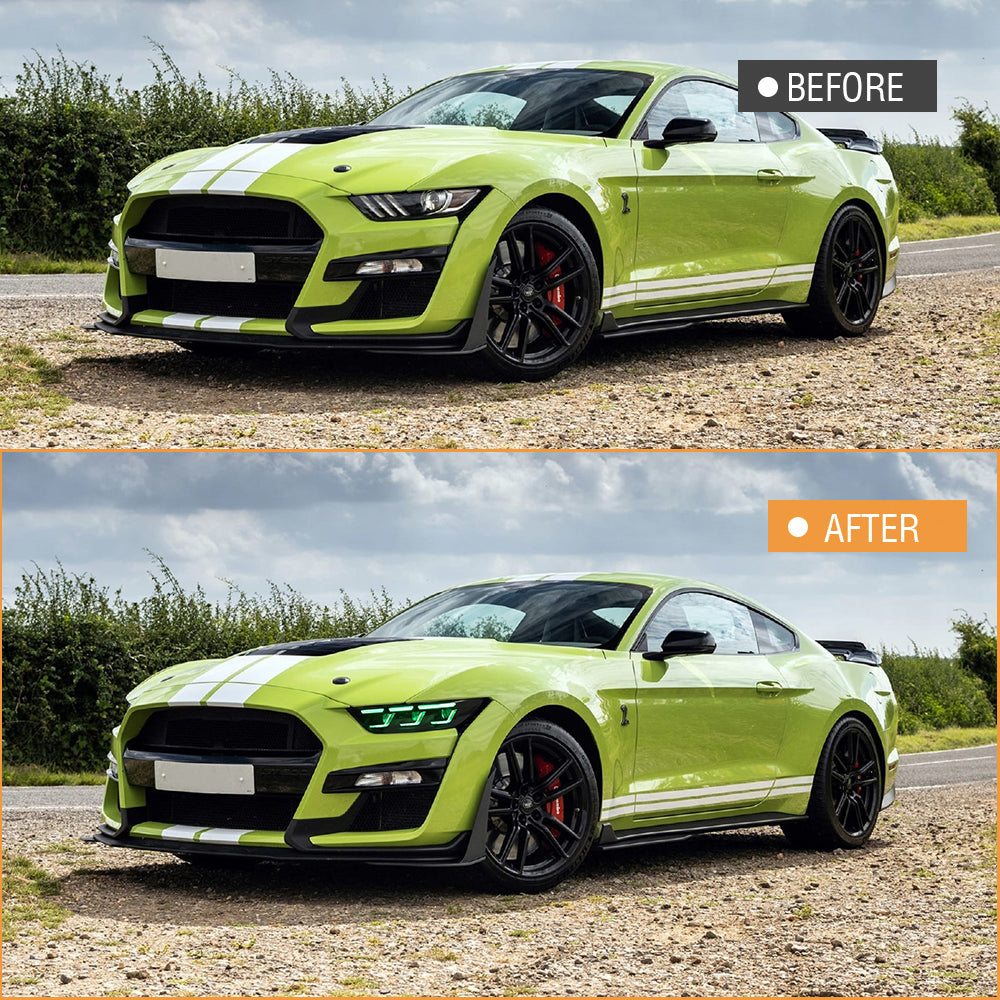
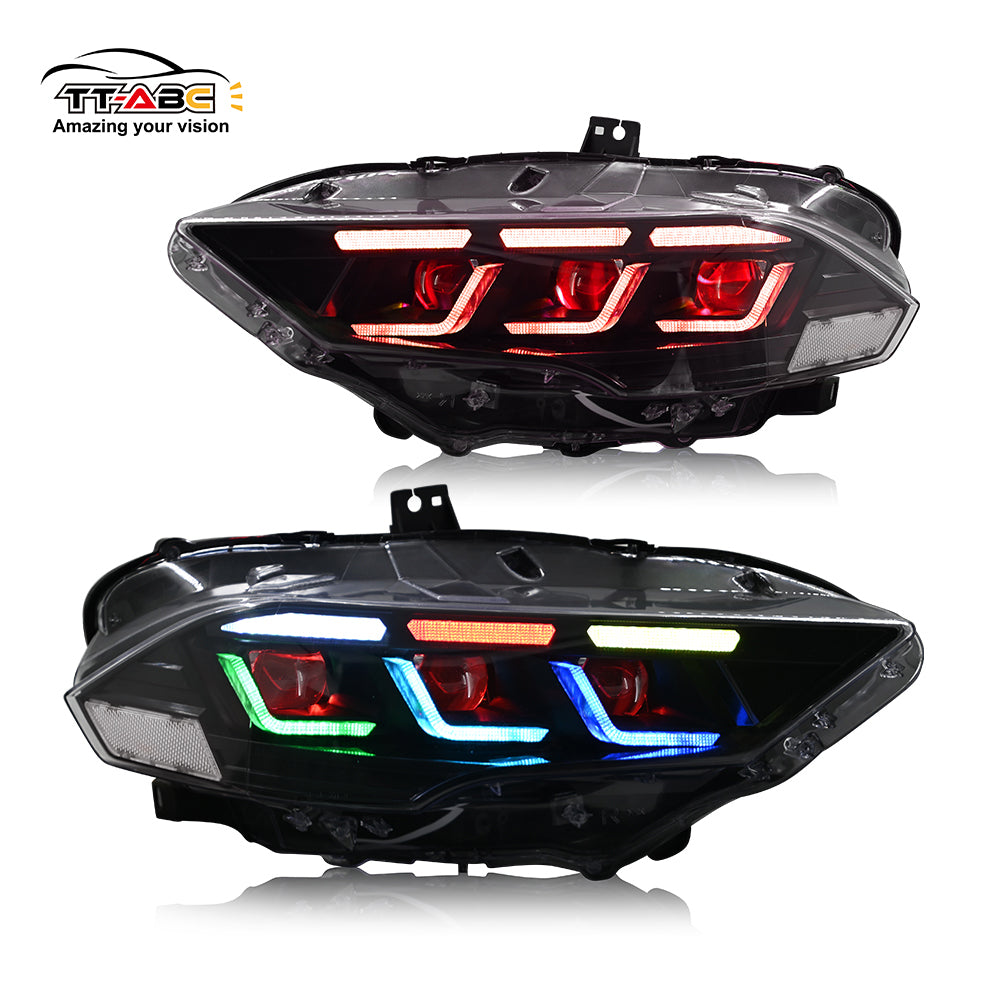

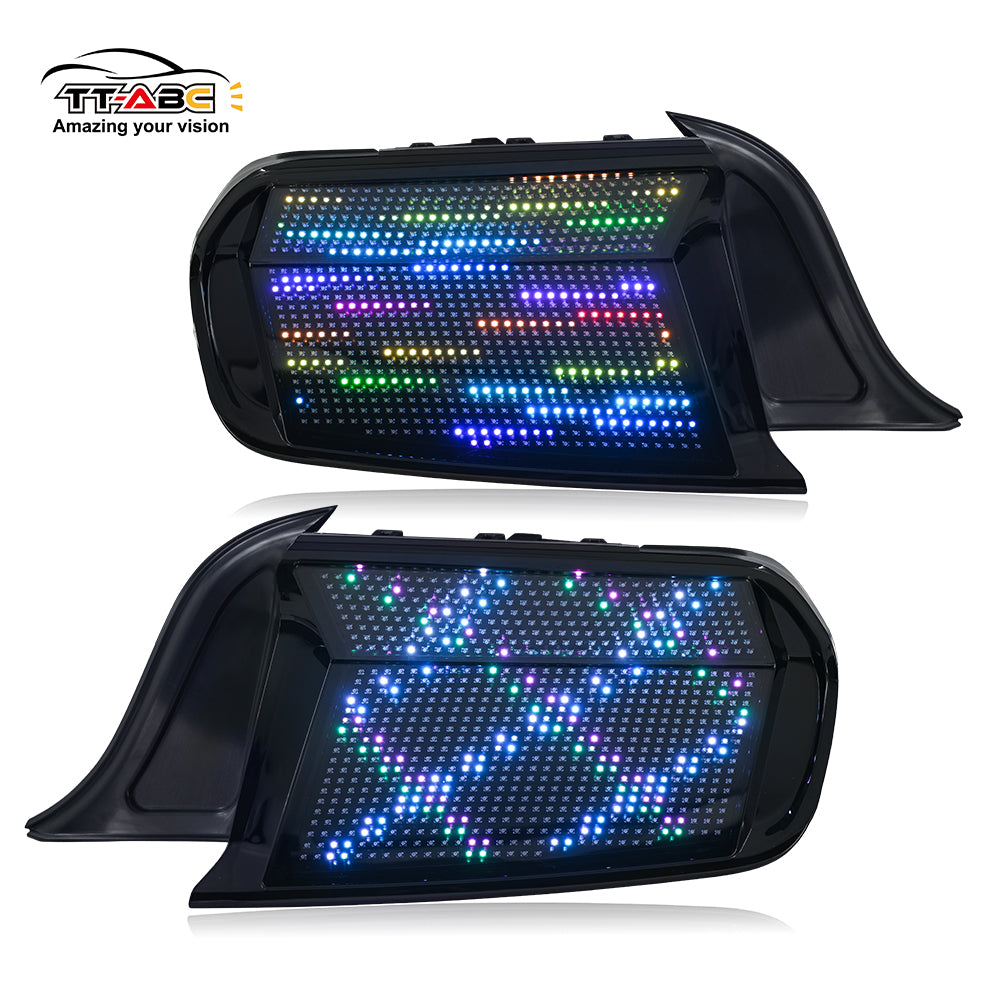

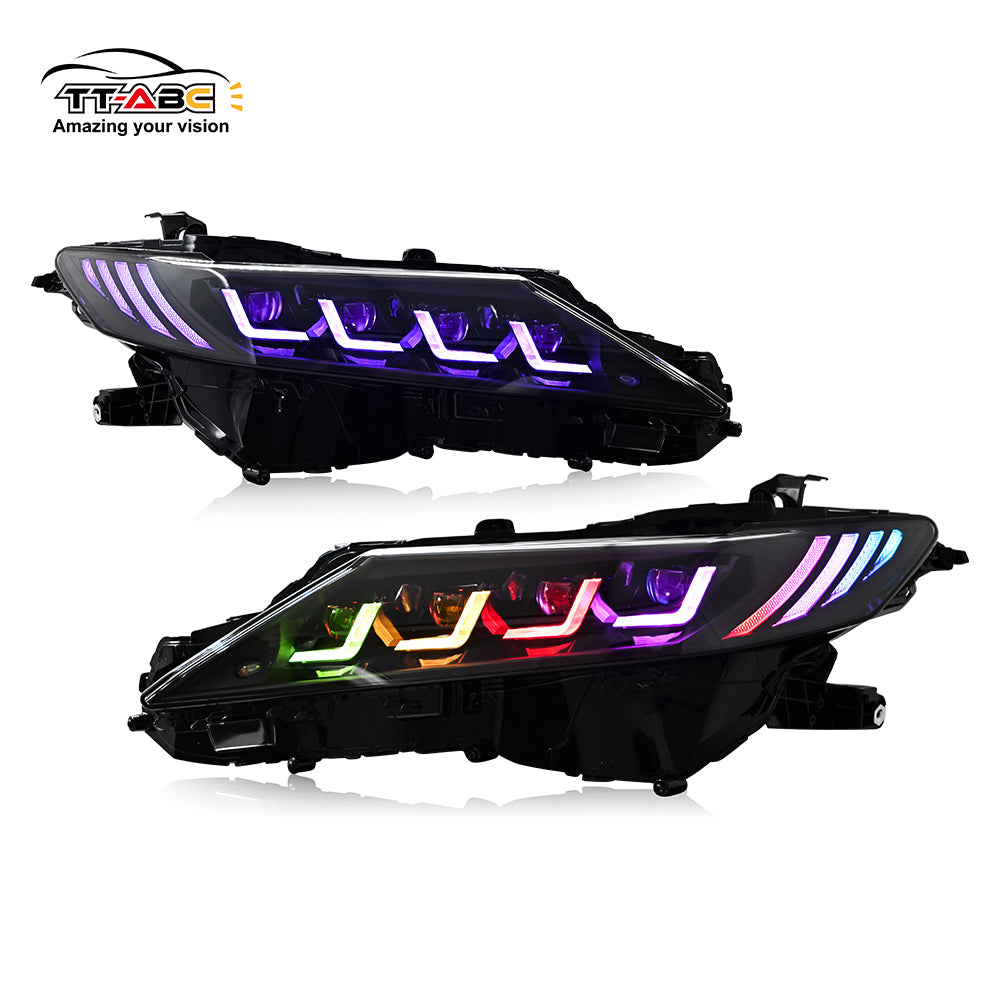
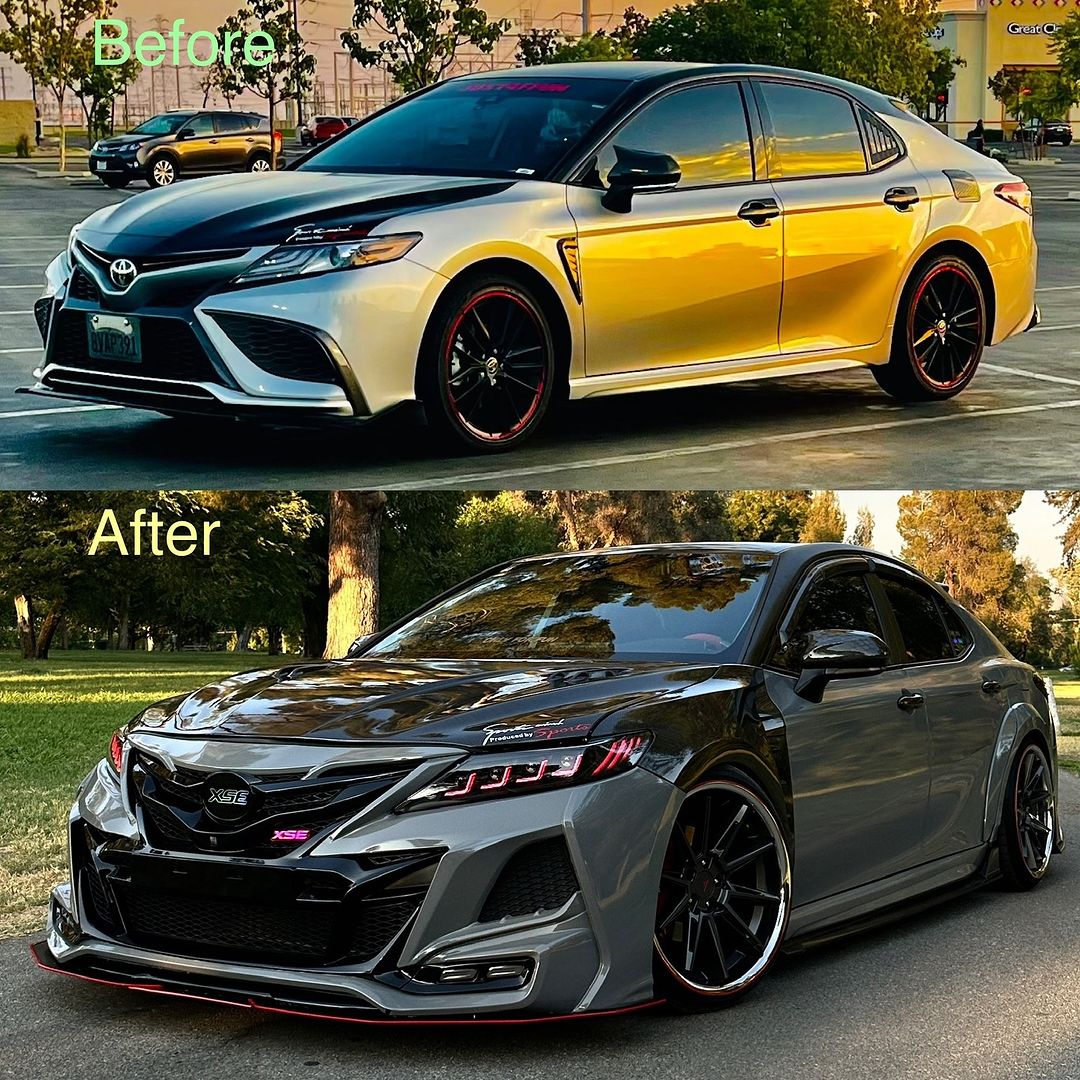

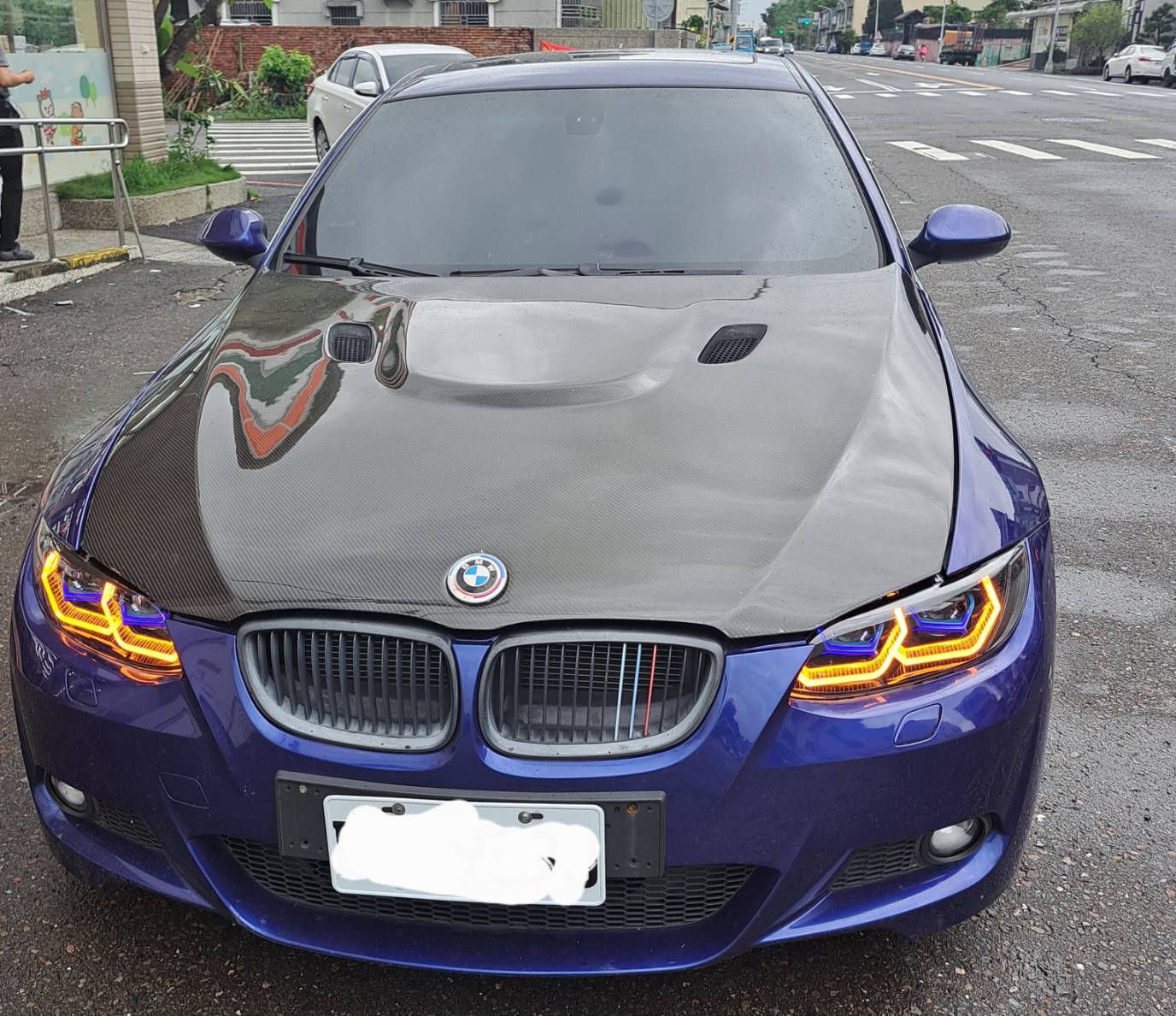
6 comments
Imani
Okay we figured it out. The two white cords have to be plugged into each other. So the white cord on the left headlight and the white cord on the right head lights, plug them in to each other, reset your headlights and it should work! Just make sure to use direct heat from a heat gun (or lighter or blow drier, be very careful! ) to fuse the plastic cover to tighten over the plugs to get them to stay intact, if you don’t, the plugs will continue to disconnect and you’ll have to reconnect all over again. I hope this helps!
Imani
I’m having the same issue, my right side tail lights only stay blue and I’ve reset them multiple times. They are also having trouble connecting to the app. Is there any way to fix them at this point in time?
Imani
I’m having the same issue, my right side tail lights only stay blue and I’ve reset them multiple times. They are also having trouble connecting to the app. Is there any way to fix them at this point in time?
Tyler Thomas
You guys have terrible customer service. I would like a refund ASAP
Tyler Thomas
My right side taillights only stay blue. Did the reset method provided on the instructions. Won’t even connect to the app, just the right side works fine with app and remote.
I am having the same issue. I been trying to contact all day. Still no response.